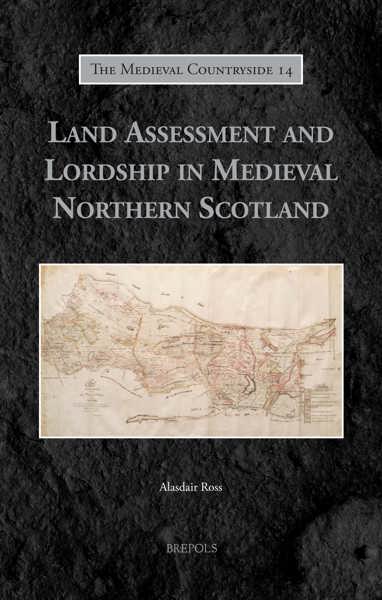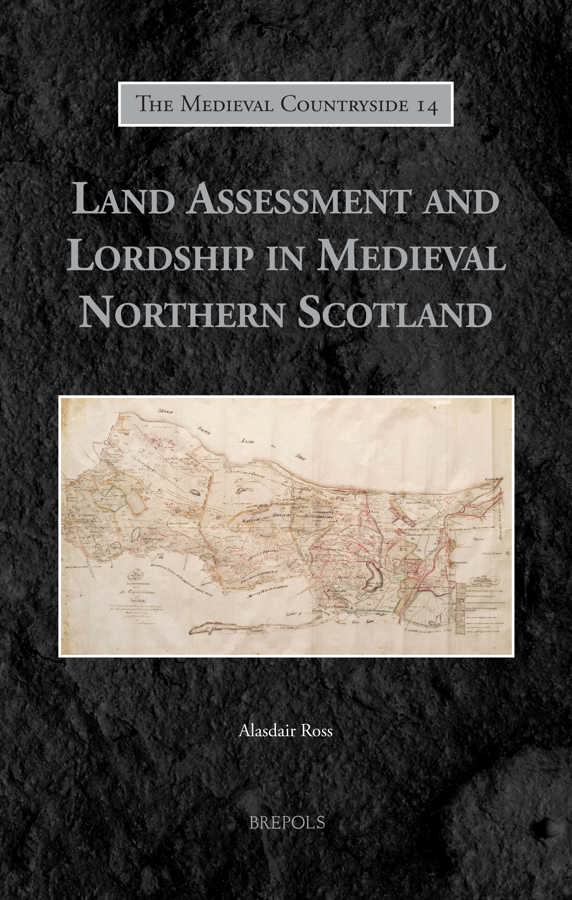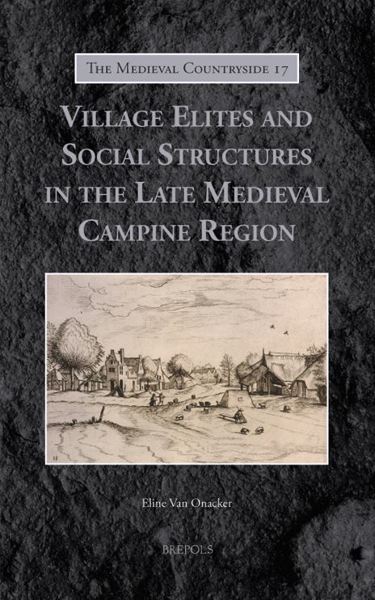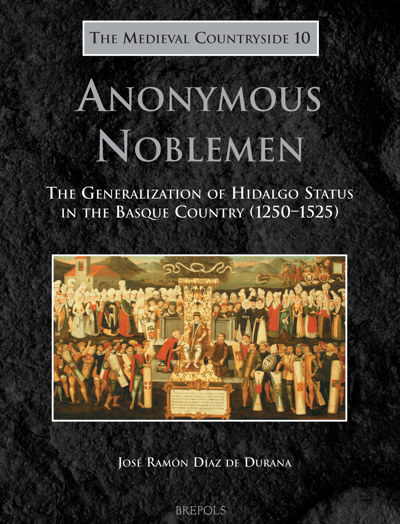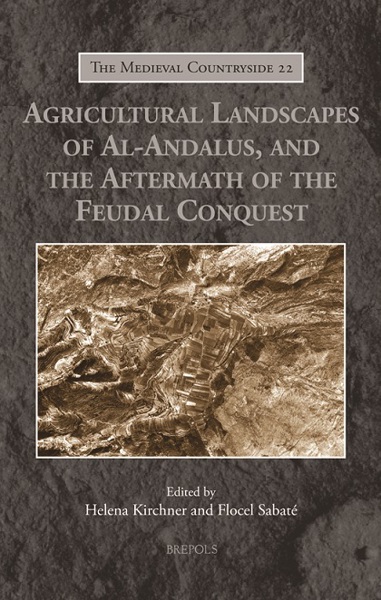
Land Assessment and Lordship in Medieval Northern Scotland
Alasdair Ross
- Pages: 393 p.
- Size:156 x 234 mm
- Illustrations:8 b/w, 4 maps
- Language(s):English
- Publication Year:2015
- € 120,00 EXCL. VAT RETAIL PRICE
- ISBN: 978-2-503-54133-4
- Hardback
- Available
- € 120,00 EXCL. VAT RETAIL PRICE
- ISBN: 978-2-503-55969-8
- E-book
- Available
This book re-examines the ancient landscape divisions of medieval Scotland and discusses these in a European context.
“(…) historians who seek to situate the origins of the Scottish state deep in the medieval past – and they are numerous –will find in his work a satisfactory and convincing explanation of the foundations upon which the high medieval kings built their political, legal and fiscal authority.”(Cynthia J. Neville, in Northern Scotland, 8/1, 2017, p. 105)
This book re-examines the ancient landscape divisions of medieval northern Scotland and discusses these in a European context. It demonstrates for the first time that the secular and ecclesiastical units of lordship across more than half of medieval and later Scotland were built out of an earlier Pictish (pre–ad 900) unit of land assessment, the dabhach (plural dabhaichean). It is also demonstrated that these dabhaichean remained in use as viable units of land assessment for many hundreds of years. Some were still being listed in estate rentals in the 1930s, giving them a working lifespan of over 1000 years.
Essentially, dabhaichean were the building blocks from which the medieval kingdom of the Scots was largely founded. They formed the basis of larger units of secular and ecclesiastical lordship, parishes, tax assessments, and common services. The latter included bridge service, road service, fighting service, and hunting service. They provided order for society. Importantly, this book also argues that each of these units contained all of the natural resources required to sustain communities from year to year, such as access to fishings, woodland, peat, meadows, arable land, and grazings. In terms of environmental history, the division of the landscape into dabhaichean resulted in the increasingly efficient exploitation (and management) of these resources across time.
Introduction: The European and Scholarly Contexts
Chapter 1. A New Look at an Old Tub: The Historiography of the Dabhach
Chapter 2. Moray and the Dabhach
Chapter 3. Caithness, Sutherland, Ross, the Northern Hebrides And the Dabhach
Chapter 4. The Dabhach In Its European Context
Appendices
Appendix 1: Moray Parishes and Dabhaichean
Appendix 2: ‘Lesser’ Caithness Parishes and Dabhaichean, Post-C.1239
Appendix 3: Sutherland Parishes and Dabhaichean
Appendix 4: Ross Parishes and Dabhaichean
Appendix 5
Bibliography
